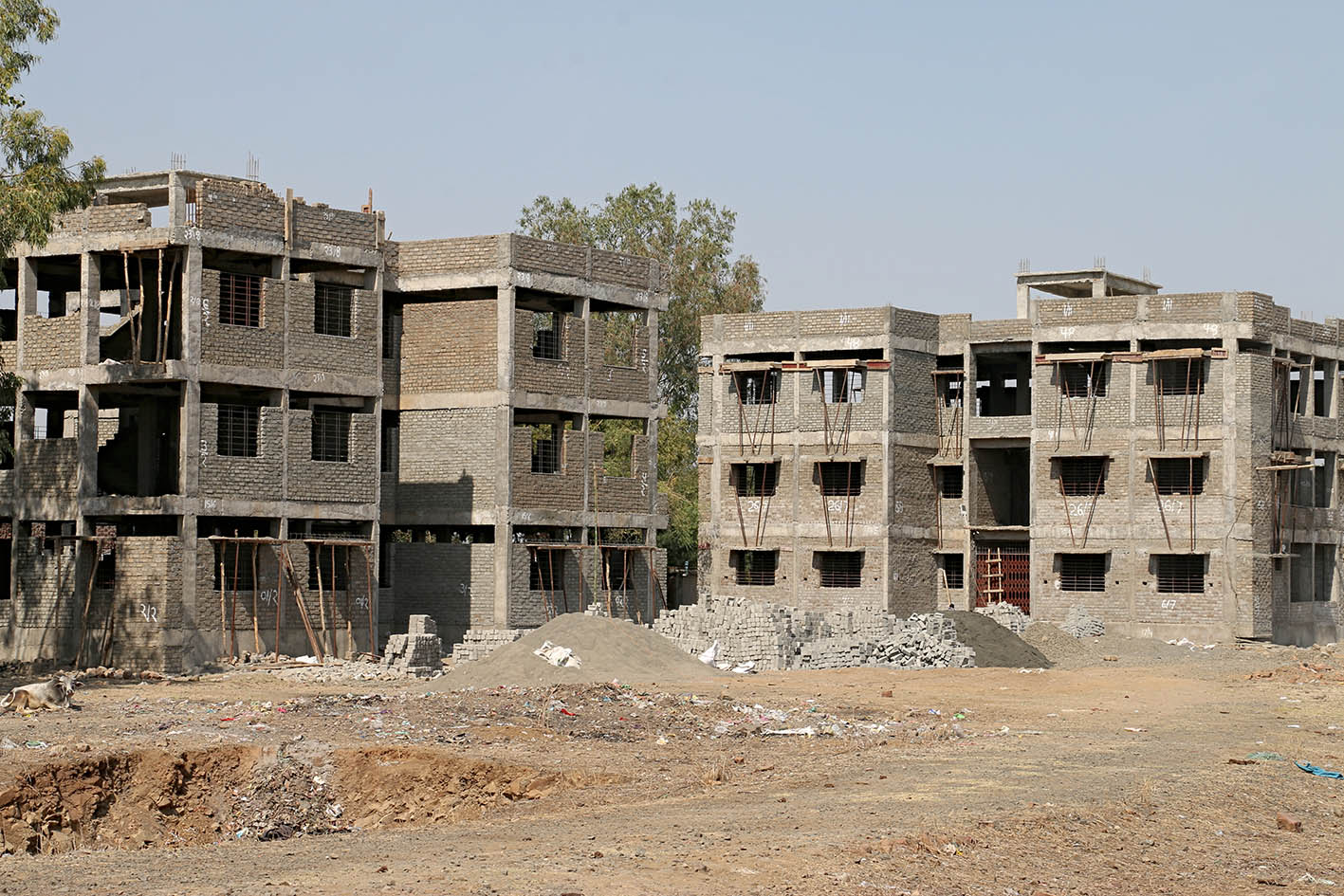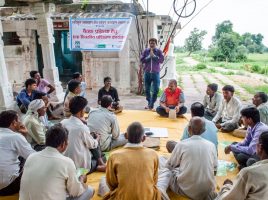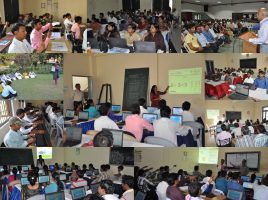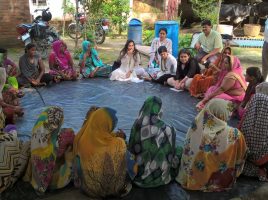Urbanisation in the Land of Gandhi
Most discussions, studies and reports on urbanisation begin with statistics and projections of the percentage of population that will be living in cities in the next one, two or three decades to come. Many of these focus on the trends that we see unfolding before us and lament the rapid degradation of the quality of urban life that seems to out-pace our collective planning and implementation capabilities. The emerging picture being painted by these discussions is certainly not pretty, and worse than that, it is as if the painter is helpless about what is emerging from his/her brush.
In this context, I am reminded of a recent discussion on the Sustainable Development Goals for India, where one had the opportunity to listen to two eminent speakers. Both are senior policy makers and both are equally concerned about the future of India. One, accepting the inevitability of the shift to a more urbanised future, argued for the need to capture and leverage the economic growth potential on offer in the form of jobs for the young and efficiency of quality services for citizens. The other, asked for happier, healthier, more productive and prosperous future of human settlements. One would imagine that the two speakers were talking about the same future. But clearly they were articulating two very different paradigms of sustainable development. The first was the helpless painter above, who built a case, with great bravado, that a new painting technique and technology would iron out all emerging faults in the urban landscape. The other, equally helpless in the face of pace of change, questioned the design and structure of the painting itself. He asked whether this should be the character of our future in the land of Gandhi.
Gandhi said, ‘India lives in her villages’. India however will, in three decades or so, live equally in its cities as in its villages. We may not be in a position to ‘go back’ to village India of the old. However, let us reflect on the relevance of this phrase ‘India lives in its villages’ in the context of a growing urbanised future. Does it mean isolated, disaster prone, unhealthy, unequal and poor human settlements? Does it mean human economies primarily and only focused on and around agricultural and allied sectors? Or does it mean populations with poor and limited access to modern, efficient, reliable and environmentally sound water supply, sanitation, waste management and energy amenities, or to knowledge and health facilities? Certainly not. What it does imply, is that ‘people and communities’ are at the centre of the human settlement planning and design process. It indicates that thousands of economically and socially inter-dependent human communities connected to each other physically or virtually providing a safe and resilient nurturing space for human creativity and potential. To me, it indicates smaller scale, more decentralised, more self-governed, resilient and humane settlements.
Clearly, we are now talking about a different painting altogether, one that requires a different paper and palette and a different set of drawing skills. This requires a systems approach to urbanisation and not treating it in the silos of urban development for cities, rural development for villages and town and country planning for everything in between. While some of our planners and policy makers have seen this strict operational division as the bane of development planning, they are still unable to build the meta-picture that can addresses watersheds, forests, farmlands, wet-lands, residential settlements, industry, road infrastructure, basic needs, educational, health and social infrastructure and many other physical structures as parts of a comprehensive whole in multi-layered and nested systems.
The solution probably lies outside the ‘city – village’ frame. It lies in the re-design of our economic models that would attach importance to labour over capital, in the value we ascribe to the health and resilience of natural eco-systems, in the faith in and investments on human capacities and community cooperation models for self-governance and in the harnessing of technology and markets for real value creation for the people and the planet. The challenge before us is to translate these principles into policy strategies that provide the guidelines for city-village-countryside planning, design and action.
Unless we are able to articulate a meta vision that is a whole and not in parts and unless we build into our framework a mechanism that continually tracks and adjusts the direction of micro-development plans and actions in sync with the macro-vision; the pictures that emerge from our brushes will be more and more ugly and undesirable. Although with the limited focus on pace and scale, we might just be painting faster and larger pictures.
Zeenat Niazi
Vice President, Development Alternatives
zniazi@devalt.org
The views expressed in the article are those of the author’s and not necessarily those of Development Alternatives.







Leave a Reply